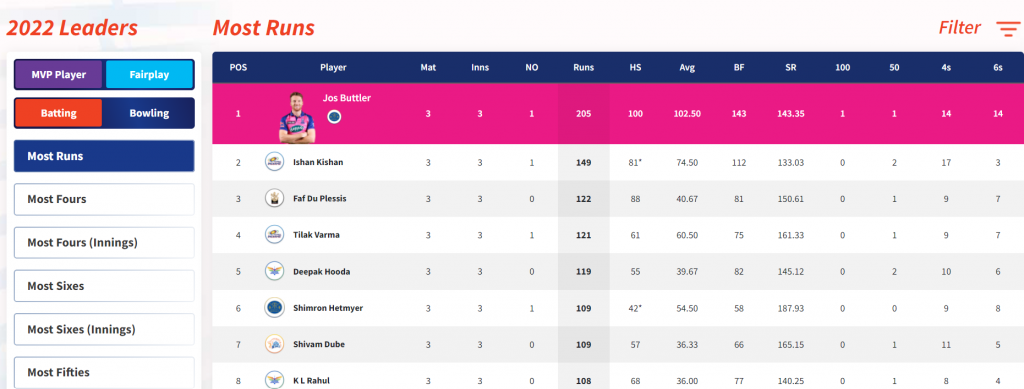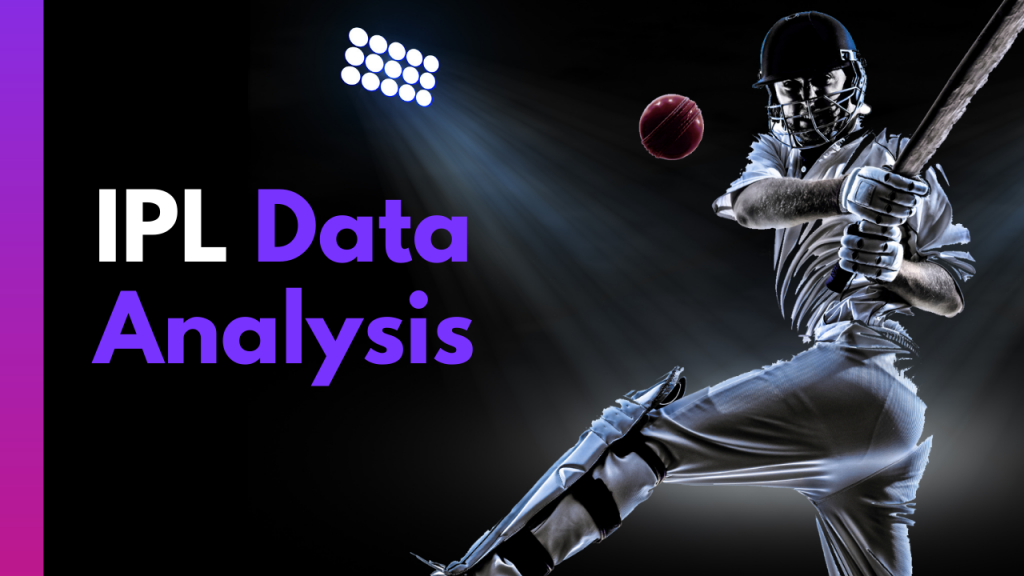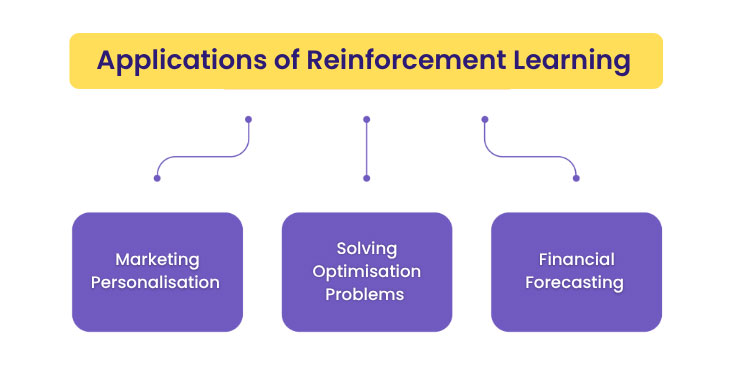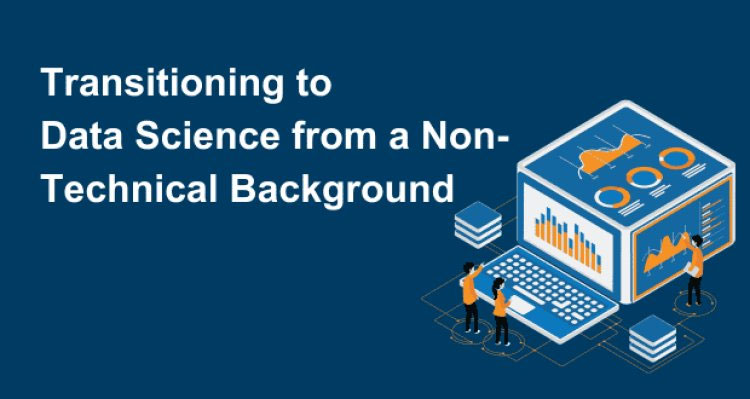IPL Data Analysis :
Cheers to all the Fans of the Indian Cricket Premier League(IPL). IPL is no less than a festival for us. We just forget all our worries and sit back with snacks (lots of snacks) to watch IPL. But imagine watching IPL, with no insights.

Click the image to go to the analysis page by IPL.
Imagine There are no insights or predictions or analysis while watching IPL. This is a disturbing feeling.
Thanks To our Data Analysts that we don’t have to go through this torture. There are Data analysts who have applied Data Science and Machine learning to provide you better insights, predictions, and meaningful information that makes cricket much more interesting.
In this article, I will try to explain how data science is behind IPL and introduce a lucrative career option behind it.
You are learning How we use IPL Data Analysis To Find Better Insights For Us.
Data In IPL
In IPL, Whatever happens, is Data For IPL Data analytics.
Runs, Overs, Speed, Distance, Players, Players Performance, Winning, losing. Name anything that happens in IPL and Data analysts store this data to process it.
Data Collection and Data Analysis is a very crucial part of IPL. So much money is at stake and decisions can’t be made on intuitions. So decisions are to be made on Data, such as:
Should they spend on a particular player or not?
How valuable is the player going to be for the team?
What should we do to make ipl more interesting?
IPL has started hiring Big Data Analytics Companies to perform Strong Data analysis for them, How is everything done? How do these Companies Work? Let’s see.
You are learning How we use IPL Data Analysis To Find Better Insights For Us.
Batsman Metrics By IPL
Hard-Hitting Ability :
Hard-hitting ability is measured by how many sixes and fours are scored by a player.
Hard-hitting Ability = (4’s + 6’s) / Ball played by batsman
Finishing Ability :
Finishing ability is calculated by Not Out innings by a Player.
Finishing Ability = Not out innings / Total innings played.
Running b/w the wickets:
(Total run – (Fours + Sixes)) / (total ball played – boundry balls).
If this fourth metric is better in batsmen than the hard-hitting metrics, then you can easily guess that he is not good at hitting boundaries but is good at getting singles, twos, and threes on other balls.

Bowling Metrics By IPL
Economy:
Run scored / (No. of ball bowled by bowler / 6).
Wicket taking ability:
No. of balls bowled / Wicket taken.
Consistency:
Run conceded / Wicket taken.
Crucial Wicket Taking Ability:
No. of times four or five-wicket taken / No. of inning played.

But analysis is not limited to checking performance, analysis of IPL data is the answer to everything.
You are learning How we use IPL Data Analysis To Find Better Insights For Us.

You are learning How we use IPL Data Analysis To Find Better Insights For Us.
Conclusion:
Data Analysis in IPL is behind what IPL has become today. All the right decisions taken by BCCI or Captains or Team owners are not just a whim of opinions but rightly calculated strategies.
There is a good thing about IPL Data is that you can find it on various sources like Kaggle.
In ConsoleFlare, There are various projects on IPL that acts as a badge on your portfolio.
So Join us to become a Data Scientist in less than 5 months. Good Day.







One thought on “IPL Data Analysis: How IPL Uses Data Analytics To Find Better Insights For Us”